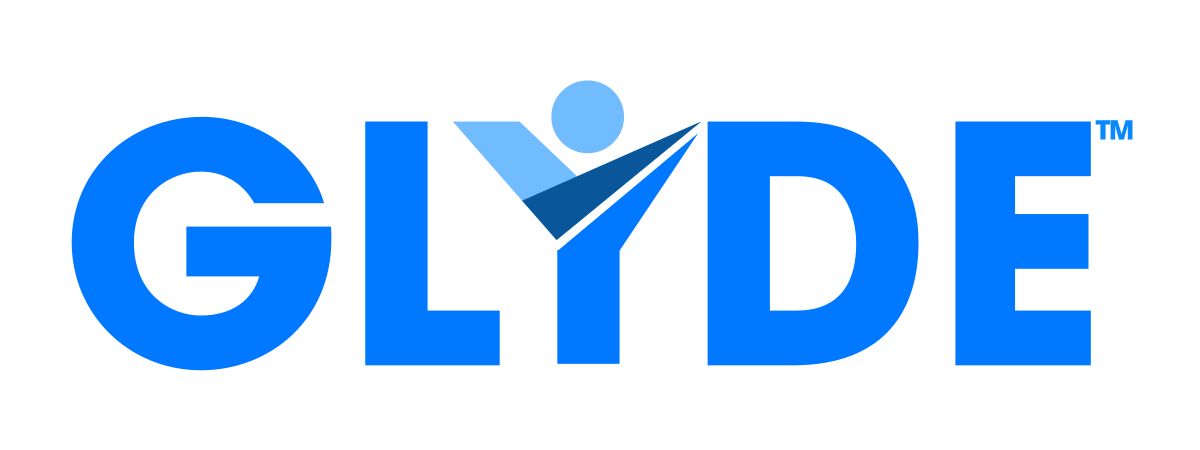Imagine the early 20th century, a bustling street with the clatter of hooves and carriages harmonizing with the chatter of commerce and daily life. Amidst this familiar scene, a peculiar, almost alien contraption putters by, drawing bemused glances and shaking heads.
It’s one of the first automobiles—a far cry from the trusted horse-drawn carriage and considered by many as an impractical novelty.
Fast forward to the modern-day…
I’m starting to believe that Talent Acquisition (TA) leaders face a not-so-dissimilar situation with the advent of Artificial Intelligence (AI) in the hiring process. Just as the pioneers of the automobile had to convince a world wedded to horse-drawn transport, TA leaders now grapple with the challenge of integrating AI into entrenched human recruitment processes.
A Common Pain Point
Ask any TA leader about their challenges and you’ll likely hear a chorus of concerns about inefficiencies in hiring, candidate engagement, and the ever-present quest to find the ‘perfect hire’. The manual screening of resumes, the daunting task of juggling between multiple job advertising platforms, and the inconsistency of follow-up communications with candidates mire the recruitment process in a quagmire of outdated practices.
I’ve been there and I know how it feels. Great intentions to deliver a superior candidate experience rapidly become sidetracked under volume.
Taking a step back to evaluate the improbability of the situation, it becomes clear that the expectations placed on individual recruiters to perform effectively under such restrictive conditions were always quite unrealistic and we’ll explore this topic in another post next week.
The Horse and Carriage of Talent Acquisition
Just as early automobile skeptics clung to the romanticism of the horse-drawn carriage, today’s TA leaders may cling to the familiarity of conventional recruitment methods.
Trusting in what we know—the human touch of a recruiter, the gut feeling about a candidate during an interview—often overshadows the potential of new technology to revolutionize the way we view talent acquisition.
Meet AI – The Automobile of Recruitment
AI brings to recruitment an unparalleled ability to process vast amounts of data, recognize complex behavior patterns, and execute tasks with a precision that’s challenging for even the most meticulous humans to replicate.
The strength of AI doesn’t lie in mimicking human limitations, but in transcending human flaws—providing TA leaders with a transformative tool rather than just a faster horse.
We must ask ourselves, why are we searching for better horses when we should be embracing the automobile?
Beyond Human Limitations
The capability of AI to digest and analyze massive data pools eclipses the human capacity by orders of magnitude. It pinpoints the best-suited candidates from a vast pool of applicants quickly and accurately, in ways that manual sifting cannot achieve.
Unlike human recruiters who can vary in their day-to-day performance due to a myriad of reasons, AI brings an unwavering consistency to the hiring process. This translates into fairer, more accurate assessments of candidates, uninfluenced by the biases and irregularities that humans are prone to.
Embracing the AI Renaissance
The more I think about it as we build an AI powered recruitment process AI doesn’t just refine old methods; it redefines the entire game. It’s not about automating tasks, but about elevating the entire hiring process—building a smarter, more agile way to attract, engage, and screen talent.
Personalized candidate re-engagement campaigns powered by AI mean that the communication a candidate receives isn’t just timely; it feels tailor-made to them. Such personalized touchpoints can significantly enhance the candidate experience and, consequently, the employer brand.
Screening has evolved
Imagine a pre-screening process where AI conducts initial assessments via chat, phone, or video, asking the precise questions that unveil a candidate’s true suitability for a role—free from bias and based on data-backed parameters.
Imagine a process that candidates actually like evidenced by the feedback we are receiving daily as we screen applicants on behalf of our clients.
Imagine a world where TA leaders leave behind the horse and buggy of traditional recruiting, allowing them to glide serenely into the future in their AI-powered vehicles, free to explore unprecedented realms of efficiency and effectiveness in talent acquisition.
The power of AI to transform recruiting isn’t in better horses—it’s in recognizing that we have a new mode of transport, one that takes us further and faster than ever before.
The journey’s beginning—why hold on to the reins when you can take the wheel?

